Maybe I should rephrase that: The Trash Tiki duo doesn’t want to see usable ingredients go to waste.
Yesterday at an event hosted just for the hospitality industry, I was allowed to sit in on a fascinating seminar hosted by Ford’s Gin and featuring bartenders Kelsey Ramage and Iain Griffiths who developed the Trash Tiki concept and have traveled the world educating fellow members of the bar industry in the practice of sustainability.
What exactly is Trash Tiki? One way to explain it is to imagine the currently trendy ideology often touted by today’s chefs (and any pre-industrial tavern owner) of using all parts of an animal with nothing to waste, referred to often as “nose to tail” – and applying it to the bar side of hospitality.
Trash Tiki is a branded pop-up bar concept (and traveling pair of consultants, really) utilizing all parts of fruit required in tiki drinks – going far beyond the squeeze for juice. Tiki has regained popularity internationally and Griffiths and Ramage work with bars to co-host pop-up tiki events. With the hosting bar’s staff, they develop recipes and teach bartenders how to better streamline their fruit waste. Through social media and word of mouth behind the bar, industry professionals are eager to get a taste of Trash Tiki. Houston was not left out.
School was in session on Monday, July 31, at Ninja Ramen where owner-operator Chris Huang opened up to host the sustainability master class. (Last Saturday and Sunday, Ninja Ramen hosted the Houston edition of Trash Tiki.) Bartenders and beverage managers from fine-dining establishments like Etoile and neighborhood nooks like Ladybird’s and Johnny’s Gold Brick cozied up during their day off to catch a few lessons. Staff from pioneering bar Anvil and sister bar Better Luck Tomorrow came to take notes, and Daiquiri Time’s Ian Ramirez trucked in all the way from Galveston.
So why not just write a book?
“The reason we’ve taken this on the road is we give you something tangible,” said Ramage. “We want to show you how to make the recipes so you can really see how to do it, take it for yourself and try it.”
“We want you to copy our ideas,” explained Griffiths in front of nearly 25 of Houston’s best-known bartenders and cocktail menu consultants. While introducing the concept to attendees, the conversation was opened up describing that tiki enthusiasm has reached a resurgence amongst cocktail drinkers, the price of cocktail ingredients and the impact of waste has not gone unnoticed by professionals who procure for their bars while trying to keep up with consumer demands.
Through a presentation of slides sharing data about environmental damage caused by everything from cocktail napkins to the carbon footprint of importing fruit, the two overproof professors gave credit to bars and restaurants around the world who have been practicing their own version of culinary sustainability and shared ideas and processes used by others that can be transferred to venues here in Houston.
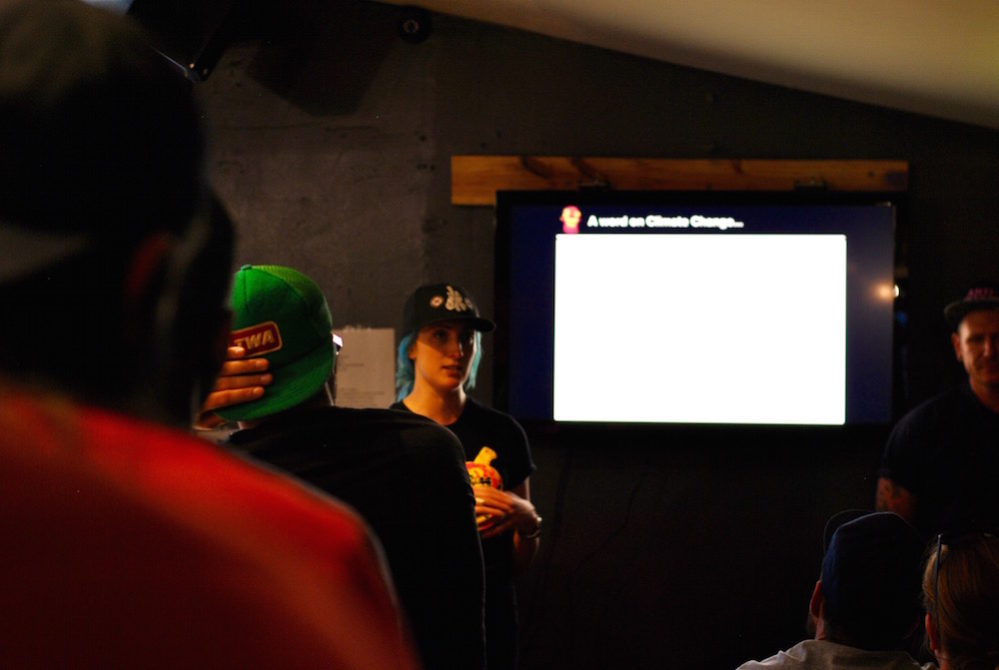
Ramage and Griffiths shared depressing statistics about waste in the food service industry and offered alternatives for a more sustainable future.
Tiki drinks call for a large amount of citrus and pineapple juice, and the duo is crusading to educate and demonstrate how to use an entire piece of fruit throughout their menu. As Griffiths mentioned in the seminar, some refer to it as “root to fruit,” a practice of using every part of the fruits used in cocktails in order to cut costs and limit waste. The practices also allow people in locations where citrus is limited or expensive to stretch out their ingredients, thus saving restaurant and bar owners a few extra bucks without compromising quality.
Pineapple is hard to come by in some countries and, generally, creates a lot of waste once the inner fruit is juiced. Avocados leave behind waste too, from their large woody pits to their skins. What can be done with the remains?
Described examples had bartenders nodding in agreement.
For example, if you’re buying limes and juicing them for cocktails, don’t trash the remains afterward. The inner flesh of the limes can be used in another format for another cocktail, while the skins should be reserved for a third purpose. Perhaps you’ll consider fermenting the fruit with a touch of added yeast to make a component for a specialty house cocktail, or keep the remaining lime bits to make citrus stock. You’d be surprised at how delicious the Strip and Go Noods (an ode to the noodles at Ninja Ramen, shown below) was. Made of typically discarded tops of strawberries, the stems and pink fruit are blended into a liquid and added to what is described as “beer run off,” gin and lemon stock.
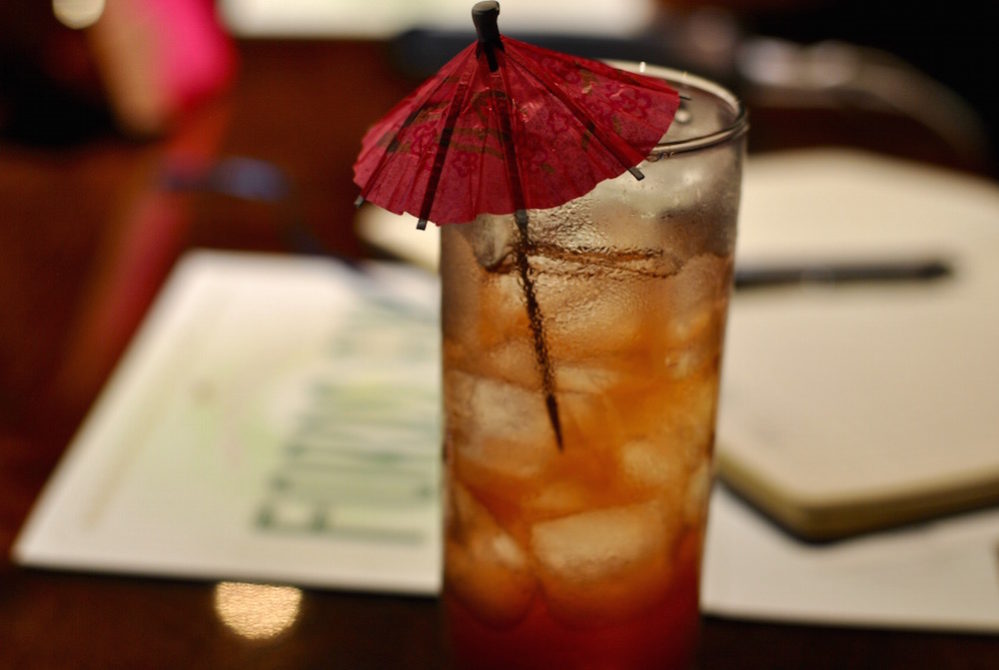
The Strip and Go Noods cocktail featured a tiki umbrella made from recycled newspaper.
All of those pineapple skins from piña coladas? Ferment them with a few ingredients found in most bars and use the free, blazing Houston sun to create Tepache.
The mission of Trash Tiki takes this international tour one step further by sharing recipes and methods on their website, making their sustainable recipes available to both at-home cocktail enthusiasts and bartenders anywhere the internet is accessible.
While I applaud their mission to dismiss the overly (and incorrectly) used term sustainable in marketing and green jargon and focus on also saving money on fruit costs, I admire just as much their message and practices that force bartenders to be creative and experimental. Bartenders and chefs are creative people, and while chefs often are referenced as genius for their use of ingredients and innovative practices, it seems that bartenders are often just called, well, bartenders by consumers and the media. While diners will often want to try a new menu item that they’ve never experienced before or is highlighted by the chef as her latest creative mystique, those same consumers often order the same cocktail they’ve had hundreds of times before.
With the practices of Trash Tiki, bartenders are encouraged to tinker with what would be trashed, develop an integrant, cut costs and waste, and talk about the process with consumers. While some drinkers won’t stray from their favorite, many will be interested in trying a new cocktail that features their preferred spirit and uses fanciful-sounding and earth-conscious ingredients like apple pulp or stale croissant orgeat.
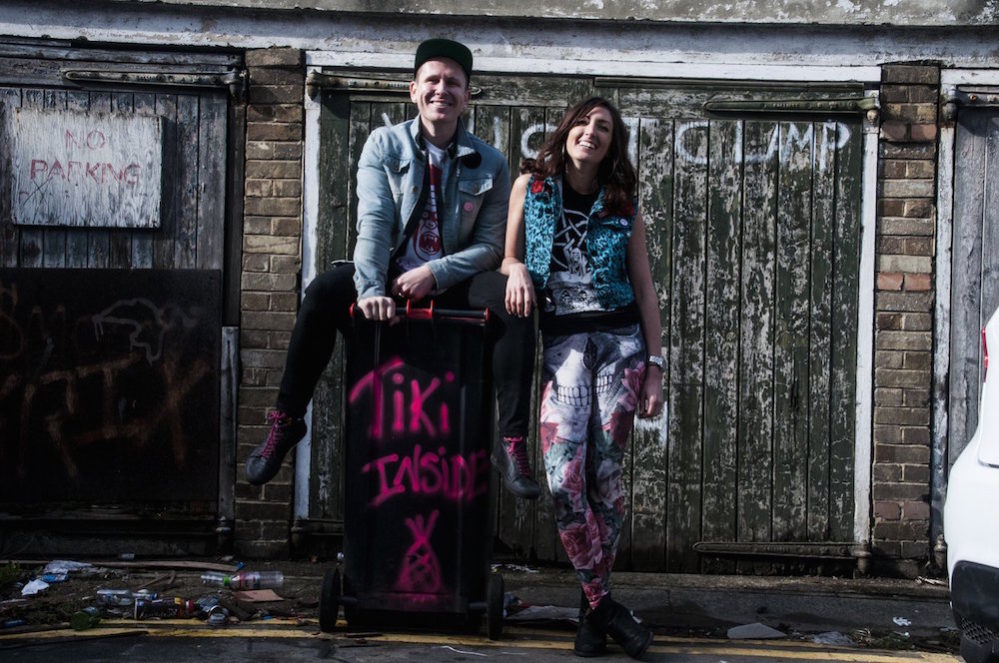
Iaian Griffiths and Kelsey Ramage aren’t afraid to get their hands dirty and turn what is waste into what is wanted. Photo from trashtikisucks.com
How they’re successful with trash
How did Ramage and Griffiths hit the road? The two bartenders have an impressive background having held court professionally at White Lyan (which has since been reincarnated as Super Lyan) and Dandelyan in London and the Oakwood Canadian Bistro in Vancouver. Trailblazer Ryan Chetiyawardana is owner behind the group of Lyan bars, and White Lyan was the first recognized bar in the world to eliminate perishable elements from its cocktails, including ice and fruit. The apple doesn’t fall far from the tree, and Ramage and Griffiths have been educating the industry and demonstrating principles similar to those used at Lyan to the trade.
Last month at Tales of the Cocktail in New Orleans, the two anti-waste activists were front and center presenting their ideology to Tales attendees who braved a near flash flood to attend the session, and the Lyon crew took home the awards for World’s Best Cocktail Bar, Best International Bar Team and Best International Hotel Bar that at the same week-long event. (To see all the awards that the Lyan bars have earned, click here.)
Recognition is a benefit of having your place of work receive national acclaim, but it’s the friendly, down-to-earth attitudes of the two that makes it hard for bar owners to deny requests from strangers eager to host a trashy party. Through networking with hospitality professionals all over the world and a honed pragmatic method for off-the-cuff recipes, measurements and pre-batching elements, they’re splitting profits with the host bars at pop-ups and traveling as thriftily as they can manage, from Hong Kong to Chicago.
Spirits sponsorships with brands like Ford’s Gin and Cana Brava rum mean as well as a popular social media following they’re able to keep the momentum going, and they’ve got travel dates booked through next year. The tour might not be hugely profitable, but the message and methods being spread throughout the bar industry are invaluable. It’s fair to say that trash is now classy.

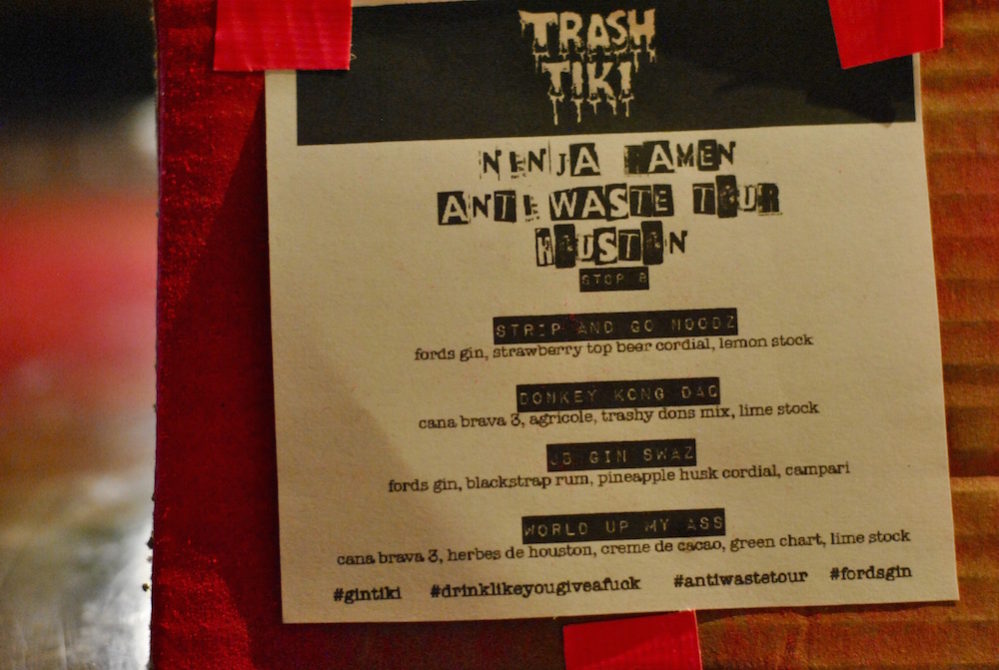


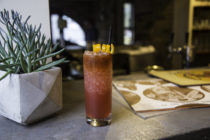
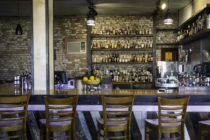



Follow Us